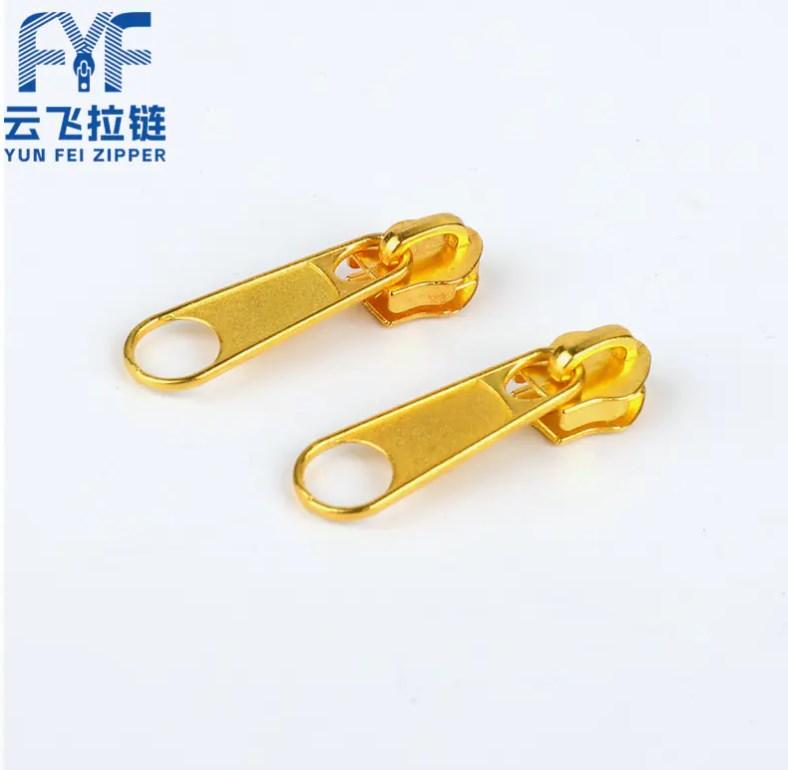Invisible zipper sliders offer distinct advantages over traditional zipper sliders, primarily in terms of their appearance and functionality. Unlike traditional sliders, which are often visible and can detract from the overall aesthetics of a garment or fabric item, invisible zipper sliders are designed to blend seamlessly with the surrounding fabric, creating a smooth and uninterrupted look. This invisibility is achieved through a combination of factors inherent in the design and construction of the slider.
The key feature of an invisible zipper slider is its low profile and sleek design. Unlike the bulky and often metallic appearance of traditional sliders, invisible zipper sliders are typically smaller in size and made from materials that are either transparent or closely match the color of the fabric. This allows the slider to "disappear" into the seam when the zipper is closed, making it virtually undetectable to the eye.
The design of an invisible zipper slider is crucial to its ability to remain hidden within the fabric. Unlike traditional sliders, which typically have visible teeth that interlock to form the closure, invisible zipper sliders feature a unique construction that allows the teeth to be concealed within the fabric when the zipper is closed. This is achieved by positioning the teeth on the underside of the zipper tape, rather than on the outside, and using a narrow coil or chain to connect them. When the zipper is closed, the fabric folds over the teeth, creating a smooth and uninterrupted surface.
Invisible zipper sliders are manufactured using a variety of materials, each chosen for its specific properties and suitability for the intended application. Common materials used in the manufacturing of invisible zipper sliders include nylon, polyester, and plastic. Nylon is favored for its strength and durability, making it ideal for heavy-duty or high-traffic applications. Polyester offers excellent color-fastness and resistance to moisture, making it suitable for outdoor or water-resistant garments. Plastic sliders are lightweight and flexible, making them suitable for delicate fabrics or applications where metal sliders may cause damage.
The choice of material can also affect the performance and durability of the zipper slider. Nylon sliders, for example, are known for their smooth operation and resistance to abrasion, making them suitable for frequent use. Polyester sliders may offer greater color options and resistance to fading, but they may not be as durable as nylon sliders in the long run. Plastic sliders are lightweight and easy to work with but may be more prone to breakage or damage over time.
In conclusion, invisible zipper sliders offer a discreet and seamless closure option for garments and fabric items. Their low profile and sleek design make them virtually invisible when sewn into fabric, creating a polished and professional finish. Manufactured from a variety of materials, including nylon, polyester, and plastic, invisible zipper sliders are chosen for their specific properties and suitability for different applications. Whether it's for clothing, accessories, or home decor, invisible zipper sliders provide a functional and aesthetically pleasing solution for securing fabric closures.

